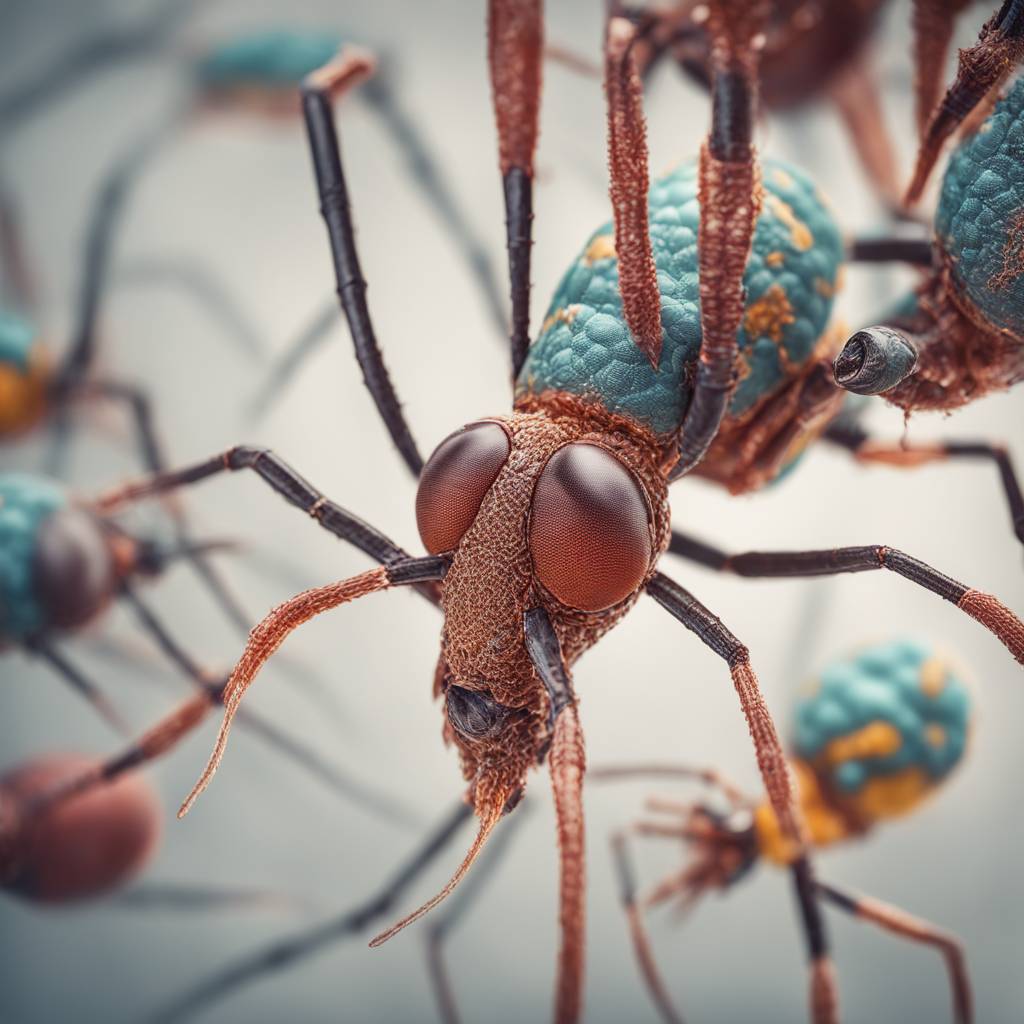A recent study led by the Swiss Tropical and Public Health Institute and Griffith University’s Institute for Glycomics has uncovered the role of a sugar called sialic acid in the invasion process of the malaria parasite Plasmodium falciparum into human red blood cells. Published in Cell Reports, these findings have significant implications for the development of malaria vaccines and drugs in the fight against this global health threat, which caused 249 million cases and 608,000 deaths in 2022 alone. The study reveals that all clinical symptoms of malaria are a result of the multiplication of the malaria parasite in red blood cells.
The research team discovered that a key protein called cystein-rich protective antigen (CyRPA) plays a crucial role in the invasion of red blood cells by P. falciparum. By examining the binding properties of CyRPA, the researchers found that sialic acid, a sugar present on the red blood cell surface, is essential for the invasion process. The ability of the parasite to recognize sialic acid through CyRPA provides new insights into the mechanisms of malaria invasion, shedding light on potential targets for vaccines and drugs. This groundbreaking discovery opens up new possibilities for developing more effective strategies to combat malaria.
Humans and closely related primates differ in their ability to produce sialic acid, with humans only able to synthesize one type called Neu5Ac. The study demonstrates that the human-specific malaria parasite P. falciparum strongly prefers Neu5Ac, which may explain the parasite’s adaptation to humans. This genetic difference between humans and other primates has long been suggested to contribute to the species-specific targeting of malaria parasites. Understanding this adaptation of the parasite to humans provides valuable insights into the evolutionary dynamics of malaria and the potential for developing targeted interventions.
The implications of this research extend beyond understanding the mechanisms of malaria invasion to the development of vaccines and drugs. While vaccines targeting the pre-erythrocytic stages of P. falciparum are already in use, their efficacy is moderate. There is ongoing research into blood stage vaccines, and the discovery of CyRPA’s key role in host cell invasion supports the testing of CyRPA as a potential vaccine target. Additionally, the study’s findings offer hope for the development of new antimalarial drugs, urgently needed in the face of emerging drug resistance in malaria parasites. Small molecule inhibitors that interfere with CyRPA’s binding activity have shown promise in inhibiting malaria replication in the study, demonstrating the potential for novel drug targets.
In conclusion, the identification of sialic acid as a key component in the invasion process of P. falciparum sheds new light on the complex interactions between the malaria parasite and human red blood cells. This study highlights the essential role of the CyRPA protein in recognizing sialic acid and provides a foundation for the development of vaccines and drugs targeting this crucial interaction. By elucidating the mechanisms by which P. falciparum invades human red blood cells, researchers are paving the way for more effective strategies to combat malaria and reduce its devastating impact on global health.


